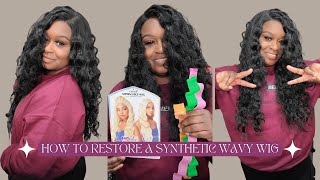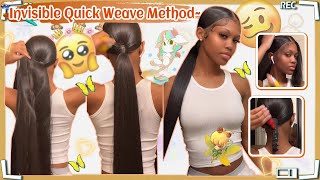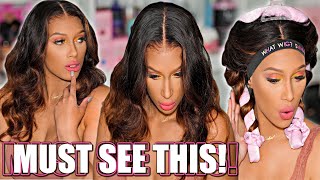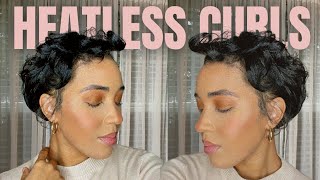Heat: Proof That It Takes Your Deep Conditioning Sessions To A New Level
 I am definitely in a deep conditioning rut, most of my sessions involve some kind of lazy pre poo, no heat, and a whole bunch of hours all the while using an active six month old as my excuse.
I am definitely in a deep conditioning rut, most of my sessions involve some kind of lazy pre poo, no heat, and a whole bunch of hours all the while using an active six month old as my excuse.
Personally even though I feel bad about not using heat as often as I should, I often tell myself that if I could just get a good mix of something moisturizing or ‘proteiny’ on my hair, then that should be enough especially since I leave it on for half the day unintentionally.
There is some debate about how effective heat is when deep conditioning* your hair, frankly if you have ever been involved in one of those debates you would think the jury is still out on the results, it is that serious!
There is a winner though, it has been proven that using heat during your deep conditioning sessions actually takes it to a whole new level by ensuring that whatever you put on your hair is better absorbed in comparison to the usual 6-hour-no-heat stints we sometimes like to do.
A Tit Bit About Hair Structure
Its hard to talk about deep conditioning* without mentioning a little bit about the structure of hair. The structure is significant because frankly hair can only take so much and no more of whatever it is we decide to put on it.
Hair is basically made up of protein and each strand consists of three layers, an innermost layer called the medulla which is only present in thick large hairs. A middle layer known as the cortex that gives the hair strength, color, and texture. The outermost layer is known as the cuticle and it protects the cortex.
The cuticle layer is unique in that it is made up of scale like structures that respond to heat by opening up and allowing substances in. It also responds to cool temperatures by closing and sealing moisture into the strand.
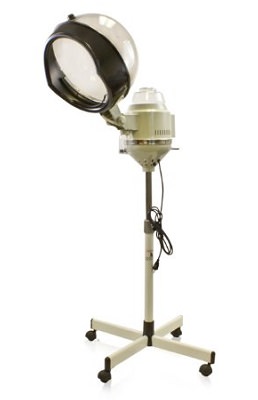 When you take a warm shower you can inadvertently open up your cuticle layers and they stay open until things cool down enough for them to close. This is why it is important not to use a rough towel to dry your hair because the fabric rubs against the open layers and can damage the hair, causing frizz!
When you take a warm shower you can inadvertently open up your cuticle layers and they stay open until things cool down enough for them to close. This is why it is important not to use a rough towel to dry your hair because the fabric rubs against the open layers and can damage the hair, causing frizz!
Heat vs. Time
The amount of time you leave conditioner on your hair is significant because even though as soon as you apply conditioner to your hair, some of the ingredients immediately stick to the hair’s surface and begin to be absorbed, there is a point at which absorption slows down then stops.
Leaving the conditioner on for up to 30 minutes actually doubles absorption levels. However after 30 minutes, absorption stops altogether and you are basically sitting there with conditioner on your hair for no reason.
In the case of using heat the science shows that more conditioner gets absorbed during the first 30 minute duration with heat than without heat. Again things level off at thirty minutes as the hair reaches maximum absorption yet the effectiveness is significantly more when you use heat than without it.
Surprisingly it does not take a great deal of heat in order to see the higher absorption levels. Just increasing the temperature of the conditioner to surface body temperature of around 95°F (35°C) is enough.
So how do we interpret this? It’s clear that heat is more of a significant factor than time when it comes to deep conditioning*. The take away message is that you don’t have to spend hours deep conditioning* your hair but when you do, it’s always best to use a heat source with the optimum time being around 30 minutes.
I’ve always been a fan of the idea of working smarter rather than harder both in life and my hair. While I can’t promise that my previously mentioned 6 month old won’t keep me from leaving conditioner on my hair for hours in the future, chances are that I will make sure to use heat for some of that time!
Source: Journal Of The Society Of Cosmetic Chemists

